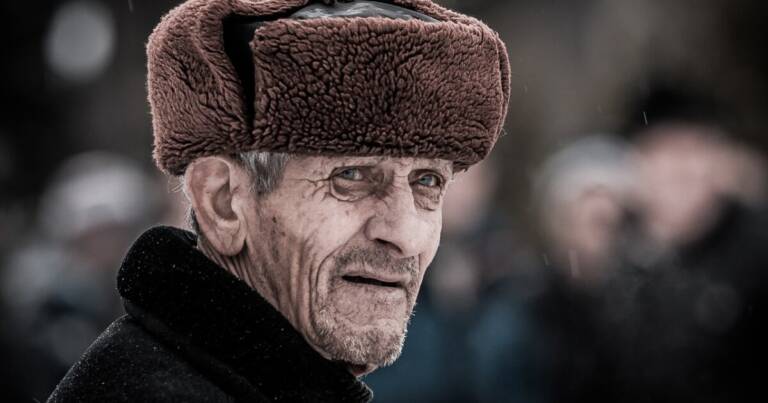The demographic problem of Russia in the 21st century

Over the next two decades, the average death toll in Russia will be more than 500 thousand people per year and will enter the second 21st century with the lowest permanent population in 70 years.
This is the official Rosstat assessment, drawn up based on the results of the 2020 census and published on the agency's website.
According to the forecasts on the basis of which the budget for pensions and family allowances is established, in the period 2023-2046 Russia will lose 12.7 million people due to excess mortality over the birth rate.
Although the Kremlin had called in 2018 to stop the natural decline of the population by 2024, and then moved the deadline to 2030, this goal will remain unattainable even after a quarter of a century, Rosstat admits.
In 2023, due to natural decline, Russia will lose 600.7 thousand people, in 2024 – 675.1 thousand, in 2025 – 693.2 thousand, in 2026-27 – more than 700 thousand. Subsequently, the natural decline will gradually begin to slow, but will remain above 400 thousand people per year even in the mid-2040s of the current century.
The deceased Russians will be 40% replaced by migrants: their influx will exceed 200 thousand people per year, and the cumulative total will reach 4.8 million people by 2045. But even under such conditions, out of 146.4 million of permanent residents in Russia, by the mid-2040s there will be 138.8 million left, the fewest since 1981.
With a stable mortality rate of 1.8 million people per year, the Achilles' heel of demography will be the birth rate. The number of births, according to Rosstat forecasts, in the mid-2020s will fall to the lowest since the beginning of the 19th century – 1.14 million, and in 2045, despite the growth, it will remain a quarter lower than before the annexation of the Crimea – 1,426 million.
As a result, Russia will gradually turn into a country of elderly people: the number of children and adolescents by the beginning of the 2040s will decrease by 26% – from 27.2 to 20 million, and their share in the population will fall from 18, 5% to 14.2%. The share of pensioners, however, will increase from 24.5% to 26.9% in 2046.
So Russia suffers from the same problems as Western European countries, so far without finding a solution. A good thing would be to stop the war and work together to resolve the ethical-economic problems that underlie this crisis which risks bringing about profound cultural and socioeconomic changes. Unfortunately shooting, or applying the stupidest austerity, is much easier than finding reasons to survive.

Thanks to our Telegram channel you can stay updated on the publication of new Economic Scenarios articles.
The article Russia's demographic problem in the 21st century comes from Economic Scenarios .
This is a machine translation of a post published on Scenari Economici at the URL https://scenarieconomici.it/il-problema-demografico-della-russia-nel-xxi-secolo/ on Tue, 24 Oct 2023 13:30:57 +0000.
